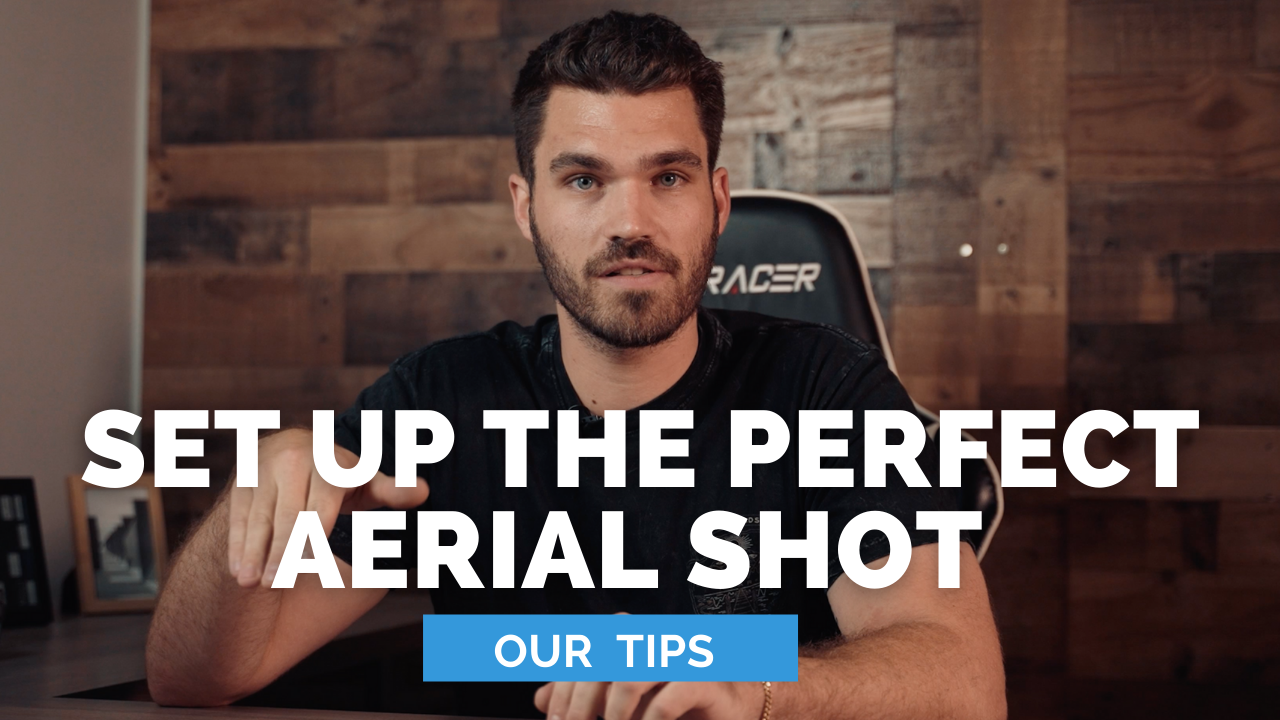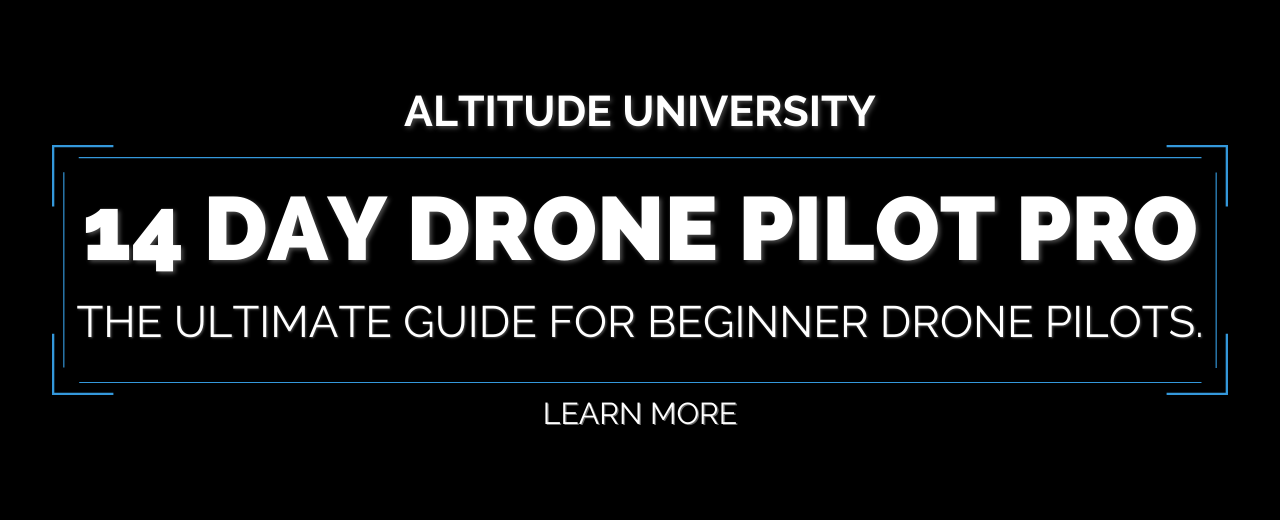Top Tips to Get the Perfect Aerial Shot

If you are interested in learning about using aerial photography professionally, there is a lot you need to know. It is much more involved than just taking pictures using a drone, and it all starts with the perfect shot.
I've been a photographer since I was about 12 years old, and it's really the only job I've ever done. About seven years ago, I brought aerial photography into my real estate marketing business. From there, it just kind of never stopped. I saw the need for aerial photography in the real estate market, and really dove in full force. In this article, I’m going to show you how to set yourself up for success to get the perfect aerial shot.
The most important thing you can do to set yourself up for success is finding the right spot at the right time. A lot of people will just go out and shoot photos wherever they feel whenever they feel like it. But that doesn't get you the quality that you're looking for in most cases. That’s why I focus on a three step technique to make sure that I'm out at the right spot, the right time, with the right light, and the right weather. It's not a complex process, it just takes a couple different apps that you need. I'm going to show you that starting with finding the right location.
#1 Finding the right location.
So location is always tough for me. It's really tough to find new spots. As any photographer knows, finding something that's unique and different is a challenge. So here’s what I do. Let's say I’m going to do a shot at Laguna Beach. The first thing I'm going to do is check the Instagram tag for Laguna Beach—not the hashtag, but the actual location tag. That's going to show me the most popular photos that have been taken at that location. And what I'm going to do with that is use it not specifically for a shot, but just to get an idea of the area and what I could shoot in that spot. Sometimes I go on Instagram and find an absolutely perfect spot and I want to take a very similar photo. But personally, I like to be unique with my photo so I'm never going to duplicate one of those photos, I'm just using it as a reference for what the lighting is like at that time of day.
It’s important to look at Instagram location tags, they're huge. Not a lot of photographers use them, but I always have. Next, we try to dial it into a specific spot. Say we looked at the location tag for Laguna Beach and we found a general idea of where we want to shoot, but we don't have that exact composition or we don't have that exact idea of the exact shot we want. So we're going to go into either Google Maps or Google Earth. I find that Google Earth is a better option because it's just more detailed. You really get a sense of depth with how big the hills are and any other details about the terrain. And with Google Earth, you can actually almost compose your shot using that app. In order to do that, you bring it into where you think the shot might be (you can even angle it to the angle you think you might take that shot) and you can basically get your composition just from that.
#2 Pick the right time.
Once you’ve chosen your location, you need to figure out the best time to shoot at that location. And if you're shooting for shadows, you really want to try and find out when the shadows are going to be best, which is actually pretty easy to do. So a couple apps that I use on top of Google Maps, is SunCalc. It’s a website that allows you to check throughout the day on where the sun is going to be, and how it's going to be affecting your scene. I use this when I'm trying to get a composition, including the sun, or when that sun is going to be a big factor in the shot. I want to know exactly how that's going to line up and how it's going to cast light onto my scene.
#3 Picking the right weather.
After I use SunCalc to determine what time of day I want to shoot, I then need to figure out the weather at my location. I'm going to start by looking at live webcams for the area where I’ll be photographing. This is another thing that not a lot of photographers do, but I do it for every single shot I ever take. Because while I’m only 20 minutes from the ocean, the weather can be completely different there. It might be beautiful blue skies where I live, but down at the beach, the sky might be covered in fog. So I'm always checking that live webcam before I go down to shoot to make sure that the cloud cover is okay. Exactly what type of weather I'm looking for, really depends on the shot I'm looking for. If I'm just going down to shoot a top down drone shot of the water in the ocean or some surfers, I'm not too concerned about the weather. I just want sun for those shadows. When it comes to shooting landscape images with the sky in frame, you really want to focus on getting a little bit of cloud cover. Some people like blue skies, but having some cloud cover provides a much more dramatic and beautiful scene.
Bringing it together.
Getting the right shot really depends on picking the right location at the the right time, and with the optimal weather conditions for your shot. For example, if you want to have some color in the clouds in the sky, it's really about finding your location, finding out what weather is going to be best, and then getting there at that time. It's not going to work out on the first try every time. I can tell you from experience, shooting thousands and thousands of sunset sunrise photos. It doesn't work out the first try every time you really have to dial in those techniques of finding the spot, finding the weather, checking it right before you go and making sure that everything's going to work out because as you know, it's not just put your drone up in the air and take the photo.
Of course, there's a lot more you need to know to master aerial photography, and you can learn more about it in our course, 14-Day Drone Pilot Pro. But for now, it's all about focusing on preparing yourself for the shoot and not just going down whenever you feel like it. The more you shoot, the better you'll get. It's better to be focused on getting the shot correctly, and not just getting any shot.



